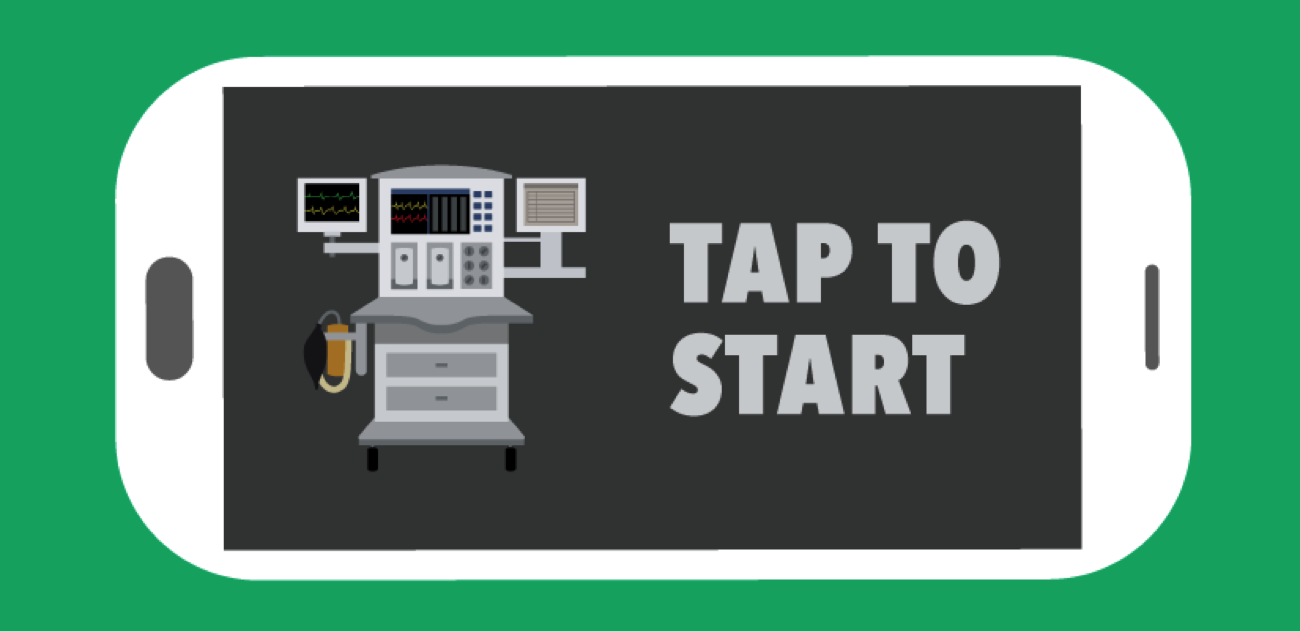By Emi Endo
Richmond, Va (December 5, 2016)- An interdisciplinary, cross-campus team is collaborating to create a virtual training tool for future nurse anesthetists.
“We don’t currently have a way to troubleshoot” and role-play or experiment with different scenarios, said Coffee Bourne, a doctoral student in the Department of Nurse Anesthesia. In a real-world setting, students can’t exactly “give a patient a drug and see what happens.”
But by playing a simulation game, students can get a feel for what it would be like to handle emergency situations and solve problems while racing the clock, said Bourne, who helped lead the project to develop the game, a new smartphone app. “You can’t help but learn something,” she said.
The training app project has pulled together students from across the campus. In addition to the Department of Nurse Anesthesia in the School of Allied Health Professions, the team includes undergraduate and graduate students in the VCU School of Engineering, School of the Arts and School of Business.
Carol Fung, Ph.D., assistant professor in the Department of Computer Science, said computer science students are exposed to anesthesiology as they study app development. Nurse anesthesia students, meanwhile, have been watching digital arts students redesign the interface to give it a professional polish. And business students are delving into the potential market for the app.
Bourne said it sometimes seems like people from different disciplines come in speaking “five different languages. We somehow bring that all together.”
The development of the app is one of several ongoing projects within a multidisciplinary Vertically Integrated Project (VIP) team formed in the fall of 2015 to improve critical patient care provided by anesthesiologists and nurse anesthetists through various engineered solutions, said Ben Ward, Ph.D., professor in the School of Engineering. The VIP team is seeking to improve the working conditions for anesthesia providers, which Ward described as “little changed since the Second World War.”
